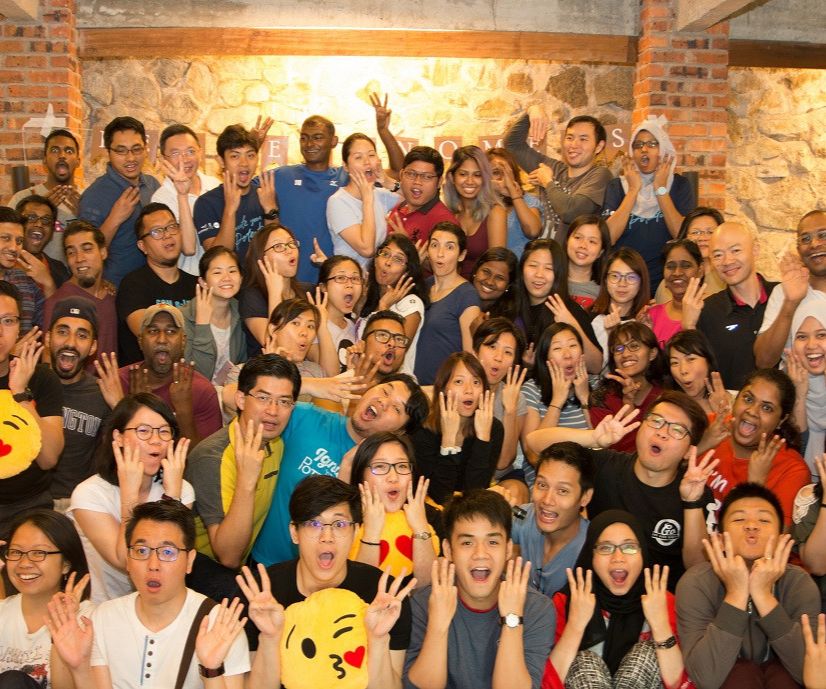True Cultural Diversity in the Workplace

The invention and widespread use of the Internet has brought about many great changes, but perhaps none more so than global connectivity. Geographical boundaries no longer stand in the way of access to communication and information. As a result, we are brought into contact with people from various cultures and backgrounds much more frequently.
It is therefore no surprise that cultural diversity at the workplace is being given higher priority. Local businesses are striving to establish and maintain a strong presence in the volatile international market. As companies the world over seek to expand beyond their national borders, there is an enormous demand to effectively form relationships with people from different backgrounds.
Of course, cultural diversity at the workplace goes beyond just a willingness to hire employees from various backgrounds. There must be awareness on the part of the entire organisation that relationships take conscious effort to form. When diverse backgrounds and cultures converge, these relationships become even more fragile. Whether you are a business owner or an employee, here are three steps you can take to promote true cultural diversity at work.
1. Educate the workforce about cultural diversity
There is a definite lack of knowledge and empathy on the part of many businesses which could result in insensitive remarks that damage their reputation. Internally, it might even create friction among employees that negatively impacts performance. As workplaces become more diverse and companies expand internationally, it becomes more important for us to learn about different cultures so we may take care not to accidentally offend anyone. With knowledge comes empathy, and with empathy comes acceptance.
Meanwhile, organisations should not leave this to chance. There must be a conscious top-down effort to create cultural awareness and sensitivity. This means training sessions and workshops that promote communication skills and a respect for human value regardless of background. One key area that needs to be addressed is the elimination of any culture-based stereotypes and prejudices that employees may have towards each other.
2. Emphasise similarities, not differences
Yes, we may have different cultures and backgrounds, but deep down aren’t we all human after all? This is a value culturally diverse workplaces must inculcate. Seek out similarities among your co-workers or employees with different backgrounds.
Identify common interests that the group can bond over. This allows people to look past what divides them and focus more on what unites them instead. As a workforce, a stronger rapport can be established, and more productive results achieved.
3. Handle conflicts professionally
Culturally diverse or not, there will always be disagreements within a company. It is important, however, not to let cultural diversity affect the outcome of an argument. Even more importantly, cultural diversity must never be the cause of disagreement. If they do happen, ensure that they are handled in an appropriate manner and that all parties are left satisfied.
Also, looking at an argument from the point-of-view of an employee, it never hurt anyone to practice a little less vengeance and a little more forgiveness. It demonstrates maturity and encourages the other party to be more tolerant as well.
Final thoughts: united we stand, divided we fall
Cultural differences exist in all organizations geared towards globalization. Do employees initiate and put in more effort to engage in conversation with their colleagues, or do they choose to isolate themselves due to the cultural divergence? Do employers strive to strengthen the relationship between workers of different cultural backgrounds? Even if the answer is yes, are they doing enough?
Obviously, to succeed in a culturally diversified environment, it is highly essential to be aware of not only one’s own cultural norms but also that of the person with whom we are interacting. If employees understand the rules and practices of another person’s behaviour, it will enable them to control and modify behaviours to conform to others expectation. As companies compete for a bigger slice of the market, they are doing everything they can to boost efficiency. Whether an organisation rises above the rest or is forever doomed to mediocrity and infighting may well depend on this.
SEE ALSO: Beyond Women And Ethnicity Inclusion
YOU MAY BE INTERESTED IN: A Lesson in Leadership from the HR Perspective
Prakash Santhanam is a highly passionate certified talent management/HR professional. He helps organisations move towards global excellence through executive coaching, talent attraction, selection, development and retention. He was the former president of the International Association of Coaching (IAC) Malaysia Chapter. To get in touch with him, email us at editor@leaderonomics.com.
Functional
This article is published by the editors of Leaderonomics.com with the consent of the guest author.








